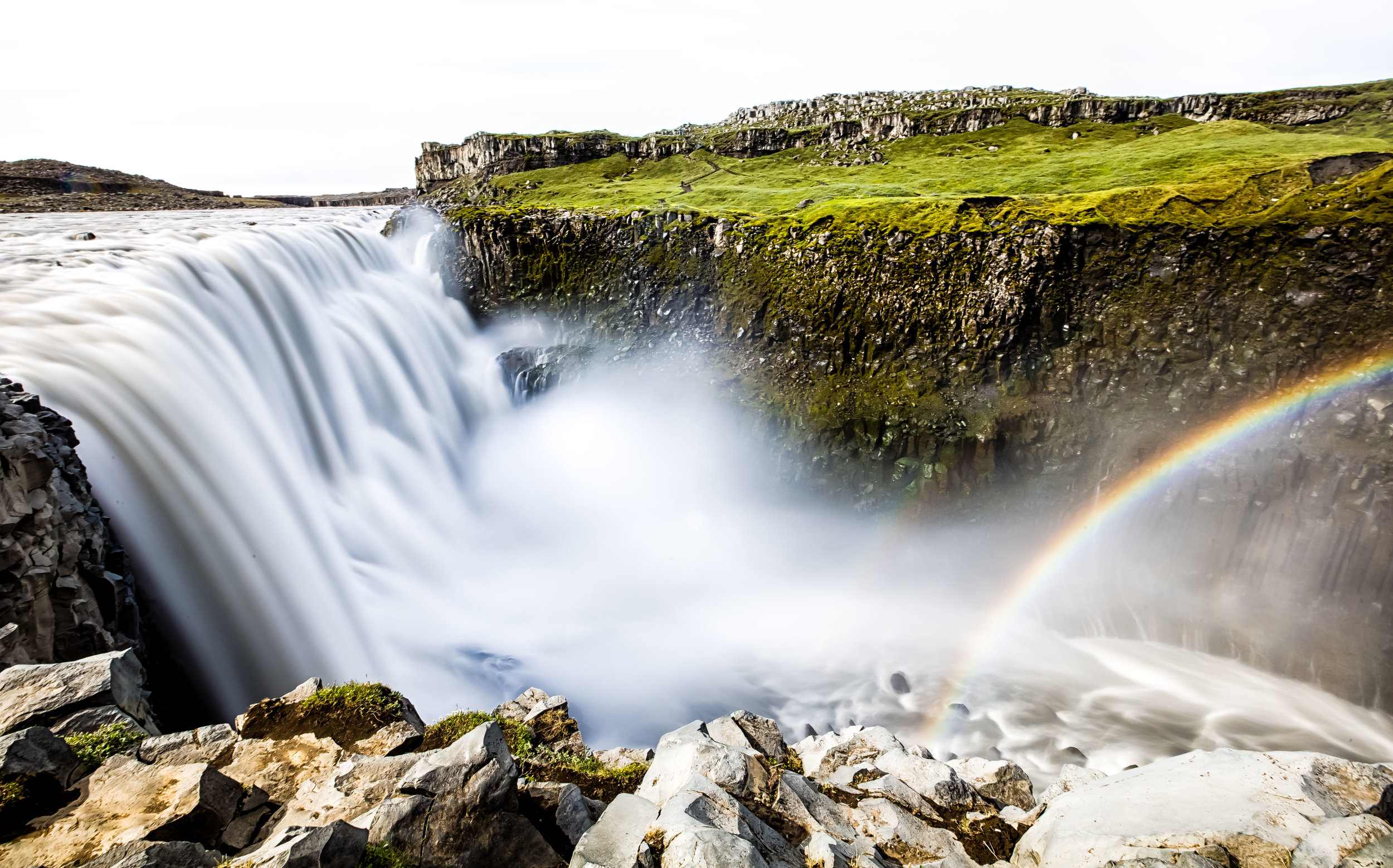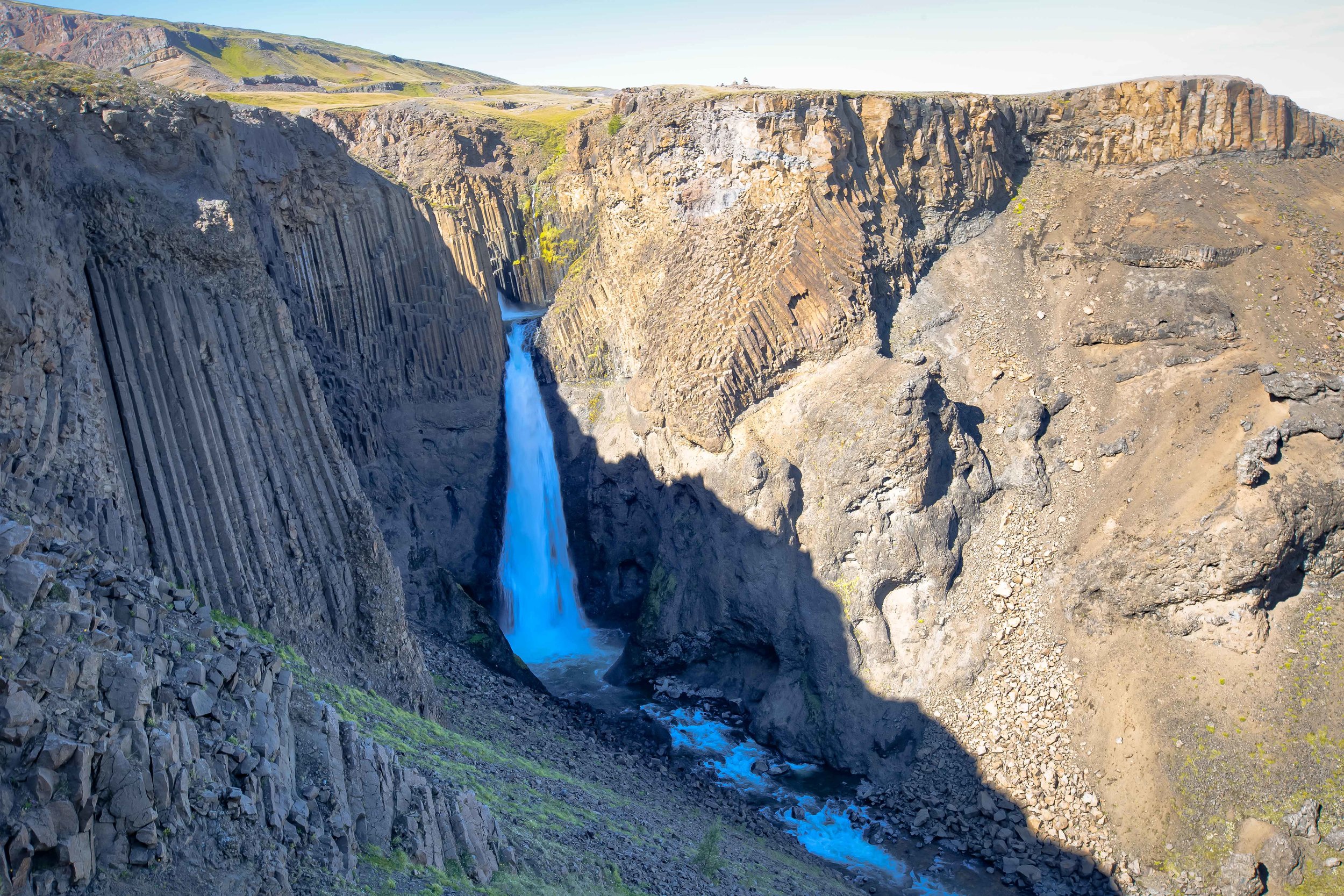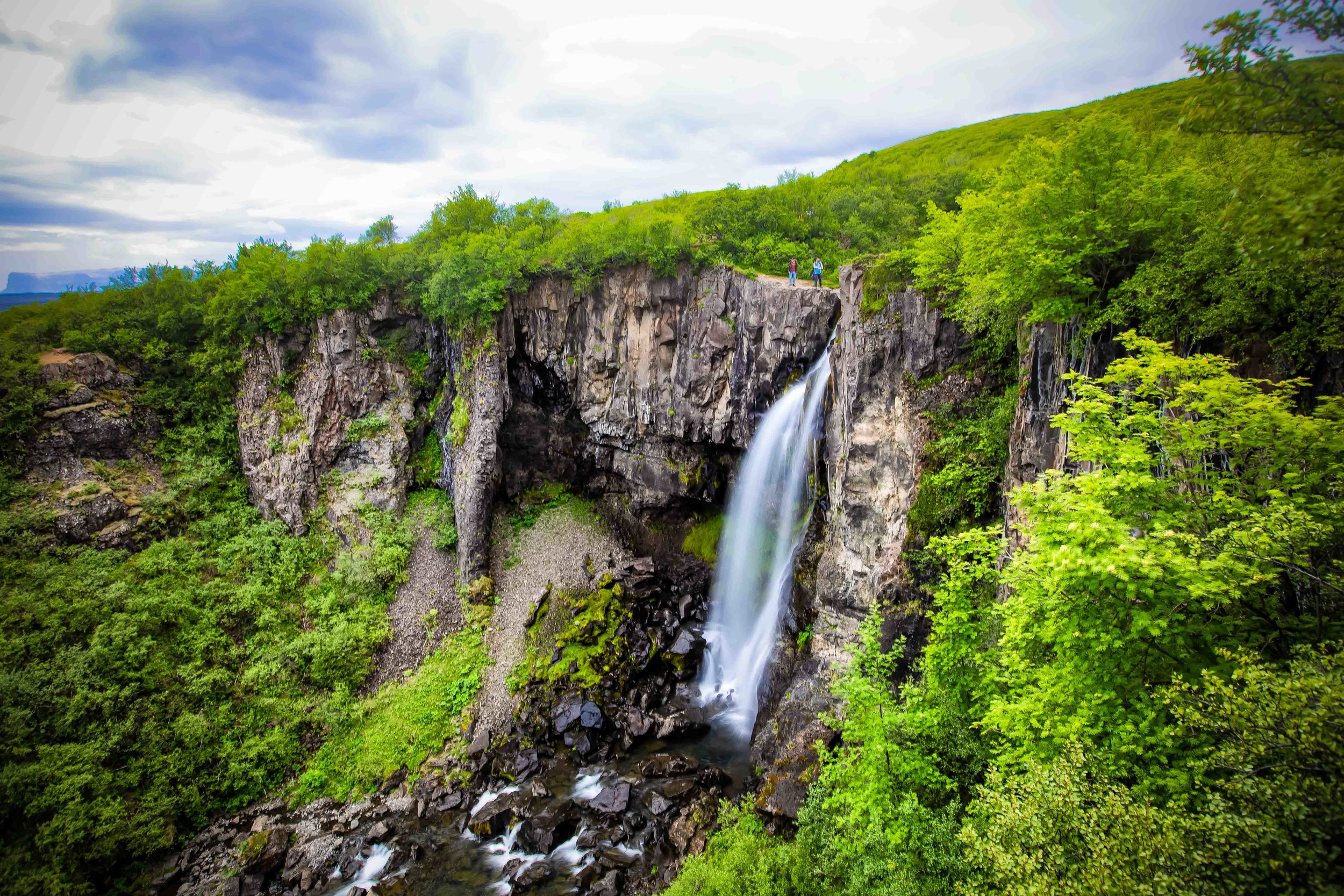Iceland is a country that is often defined by superlatives - Home to the world’s northernmost capital, Europe’s largest glacier, most powerful waterfall, one of the world’s leaders in energy efficiency and coincidentally one of the most stable economies and oddly enough Europe’s largest banana plantations.
Among many more.
If you are planning on travelling to Iceland, one thing you’ll quickly realize is that it is also one of the most expensive places in the world to visit.
Even though most of the destinations you’ll want to visit are free of charge - Eating, sleeping and getting around is likely to cost you an arm and a leg.
There are of course ways to save money and travel on a budget while in Iceland, but cost tends to be one of the most important factors that prevents people from visiting, or just limiting their travels to the “Golden Circle” route.
If you’re a good at planning and you have the time and resources to travel (What has become popularly known as) the “Diamond Circle” you’ll discover that the northern portion of Iceland is just as amazing as the rest of the country and if you skipped it like many others have, you will have really missed out.
For most, the most important destination on the northern stretch of the Diamond Circle just so happens to be one of those ‘superlatives’ mentioned above - Europe’s most powerful waterfall.
You may be thinking, “I’ve already seen dozens of waterfalls in Iceland, why would I travel hundreds of kilometres north to see another one?” and I wouldn’t blame you if you asked that.
I started feeling a bit weary of waterfalls after a few days in Iceland.
But, its important that you realize that there are waterfalls, and then there is Dettifoss.
Dettifoss is a force of nature.
Standing next to this waterfall is probably one of the most humbling experiences that you’ll ever experience. The sheer size and power of this waterfall in addition to having the ability to just walk up next to it and see it so close is reason enough to make the long journey north.
Dettifoss
Known to locals simply as “The Beast”, the name Dettifoss actually translates loosely to English as “The Collapsing Waterfall.”
I’d submit that its nickname is probably much more fitting.
Dettifoss is 100 meters (330 ft) wide and 45 meters (144 ft) high, making it among Iceland’s largest waterfalls. The more important measurement though (and the defining feature of this waterfall) is that over 500 cubic meters of water plummets over the falls every second creating a cloud of mist that can be seen from miles away.
It also makes for some really beautiful rainbows.
The water comes from the Jökulsá á Fjöllum river and has travelled hundreds of kilometres from its origin at Vatnajökull, Iceland’s largest glacier, to get to the falls.
The river, which is Iceland’s second longest at 206km in length then continues to flow north until it meets the Greenland Sea on Iceland’s northern coast.
Another one of the waterfall’s defining features is the odd greyish white-coloured water that flows down the river and gives the falls its distinctive colour. You might look at the photos and think that the water is dirty or polluted but the colour is actually common for glacial rivers as they are carrying volcanic sediment out to sea.
Visitors to Dettifoss are able to enjoy the waterfall from two different vantage points - namely on the West or East side of the river. It is important to note that when you are planning your visit that you will to have to keep in mind which side you want to view the falls from.
If you’ve got time to spare, you could check out the waterfall from both sides, but that will require a few extra hours of driving in order to cross the river canyon.
Whichever side you choose, there are parking lots, hiking trails and public restrooms made available by park authorities making your visit rather simple. It should go without saying that no matter which side you visit, you are going to be able to fully enjoy the waterfall.
There are however Pros-and-Cons for each.
By now you may have noticed that all of my photos were taken on the same side of the falls.
I strategically planned where I would stay the night before we went to Dettifoss so that we could wake up early in the morning and take the long gravel road out to the East Bank.
From my research I felt that the view from the East side not only would allow me to get very close to the falls but would also offer me a better view of nearby Selfoss as well.
The road to the east bank is terrible and if you’re driving a rental car you’re going to have to take it easy so that you don’t cause any damage. Likewise the hike from the parking lot to Dettifoss and further on and can be dangerous, especially during winter.
On the East side, the height of Dettifoss will be much more prevalent than the width and you’ll be able to stand next to the river at the base of the falls.
The view on the western side of the falls is a bit higher than that of the east side, so you’ll be able to better enjoy the width of Dettifoss. The view of Selfoss on this side however isn’t as good and you’ll miss out on some of its beauty on this side.
The road to the parking lot is much better and the hiking trail on the western side is much more well-developed as well as being considerably safer if you’re travelling with children or seniors.
No matter which side you visit, if you are planning on visiting both Dettifoss and Selfoss when you’re there, it is about a 2-2.5km round trip from your car!
Getting There
If you are driving directly from Reykjavik, it should take you a little over seven hours to arrive at Dettifoss.
I sincerely hope you aren’t driving directly from the capital just for this waterfall though - That’d make for a really long day and you’d pass by so many other interesting things!
The route you take to the waterfall depends on which side you intend on visiting, but both roads are a simple turn off of Ring Road #1, the highway that circles the country.
East Bank - Road 864 (Hólsfjallavegur)
The road to the East Bank of Dettifoss is a well-developed paved road that is open to the public year round. From the Ring Road it is about a 30km drive to the parking lot.
If you are travelling to the waterfall in the winter months, you’re likely going to be forced to drive this route due to road closures or the type of car you’re driving.
It is possible however that this road will be closed due to weather.
West Bank - Road 862 (Dettifossvegur)
If you like a bit of adventure you’re going to love this road - Road 862 is a simple turn off of the Ring Road and is a bumpy 25km drive to the parking lot.
If you’re driving a 4WD you’ll be able to fly down the road and have a pretty good time.
For everyone else, take it slow and try not to cause damage to your rental car.
The drive from the Ring Road to the parking lot is a flat and rather desolate ride that seems like its never going to end.
There are some resources online that claim that the authorities will close the gate on Road 862 during the winter months while others say that road closures depend on weather conditions. Before you go, make sure to bookmark and regularly check the road conditions and road closures on the Icelandic Road and Coastal Administration site which provides you with real-time information on all of the roads around the country.
Link: Icelandic Road and Coastal Administration.
You’ll find Roads 862 and 864 listed under ‘Northeast Iceland.’
Dettifoss is the highlight of every travellers journey through the northern section of Iceland’s Diamond Circle. It might be a bit of the way and somewhat of a hassle to get to in comparison to most of Iceland’s other destinations but it is highly worth the time and effort it takes to get there. This waterfall is definitely one that you’re not going to want to miss.
Just don’t try to go for a swim. You may end up in Greenland.

























